I want to dub it "The Riddler Effect".
Hopefully they keep digging and finding even more cool things!
It took 11 billion years for stretched boy's light to reach us. That amount of time staggers me!
Fantastic image!
Seeing stars growing is so cool.
I second Jerboa.
Thank you, and I'm glad you like it so far.
I think it's so cool. Things like this really highlight the vastness of space.
Hi, thanks for your comment.
This is a new community, and posts such as this one are to help drive engagement and discussion whilst it is still new.
There are no age restrictions for an article or images for this community.
This is total donkey bollocks, and you're not very good at writing a story.
Lionel Richtea
I can't wait for the email chains back and forth that explain what was already explained on email number one.
Then getting a Teams call to explain.

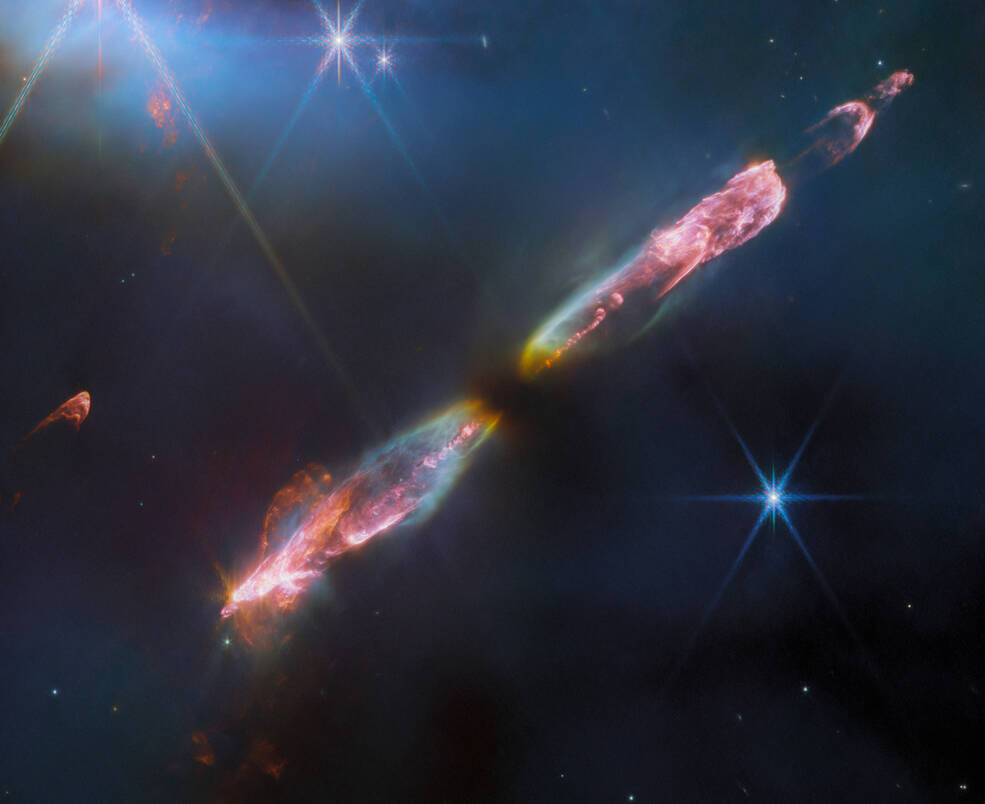

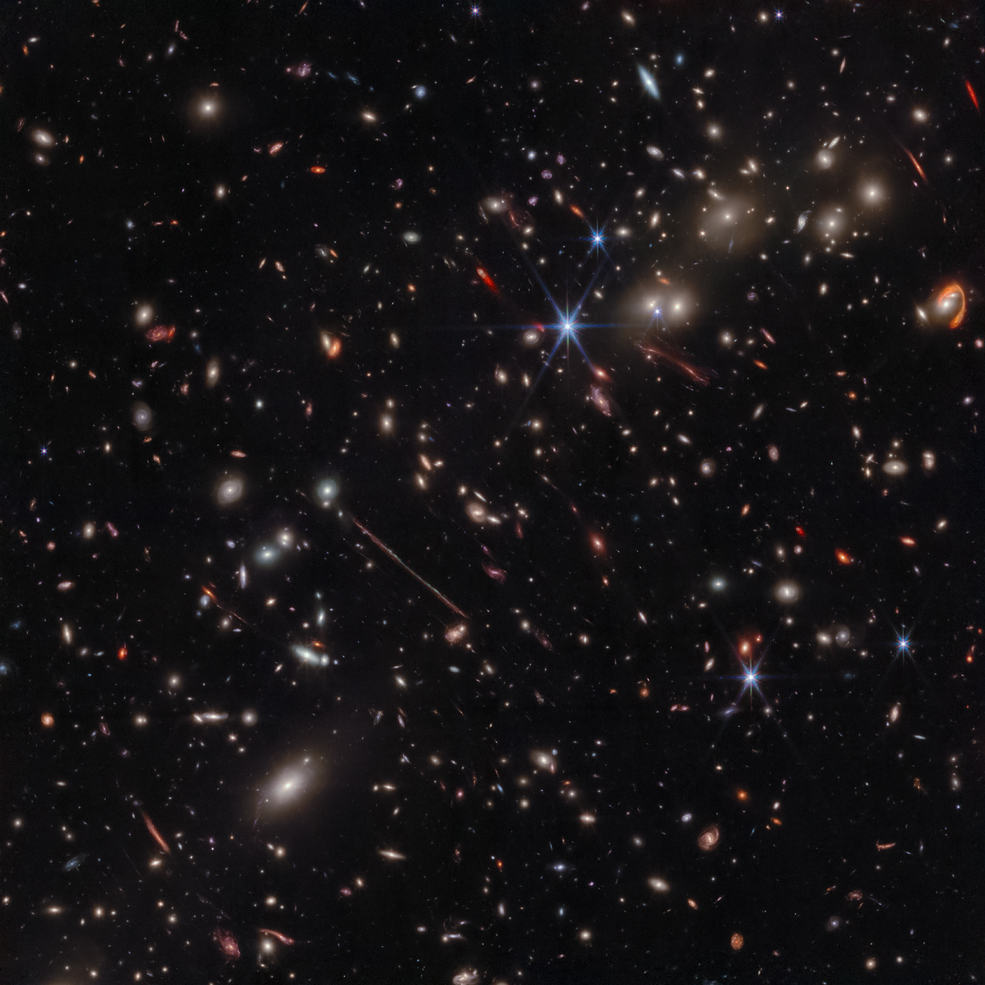

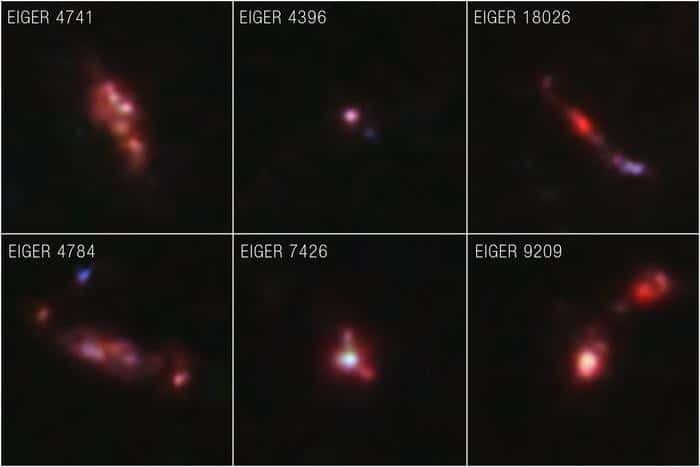
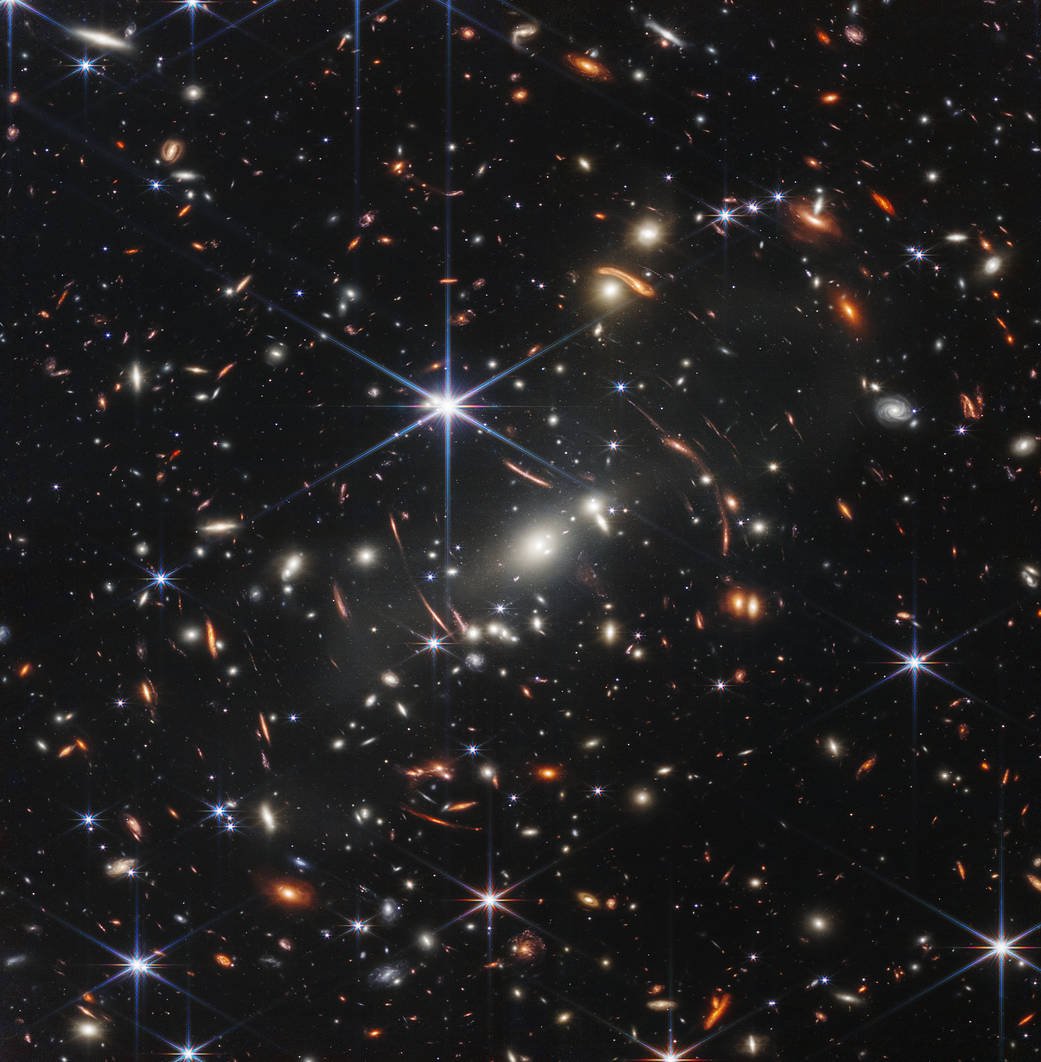
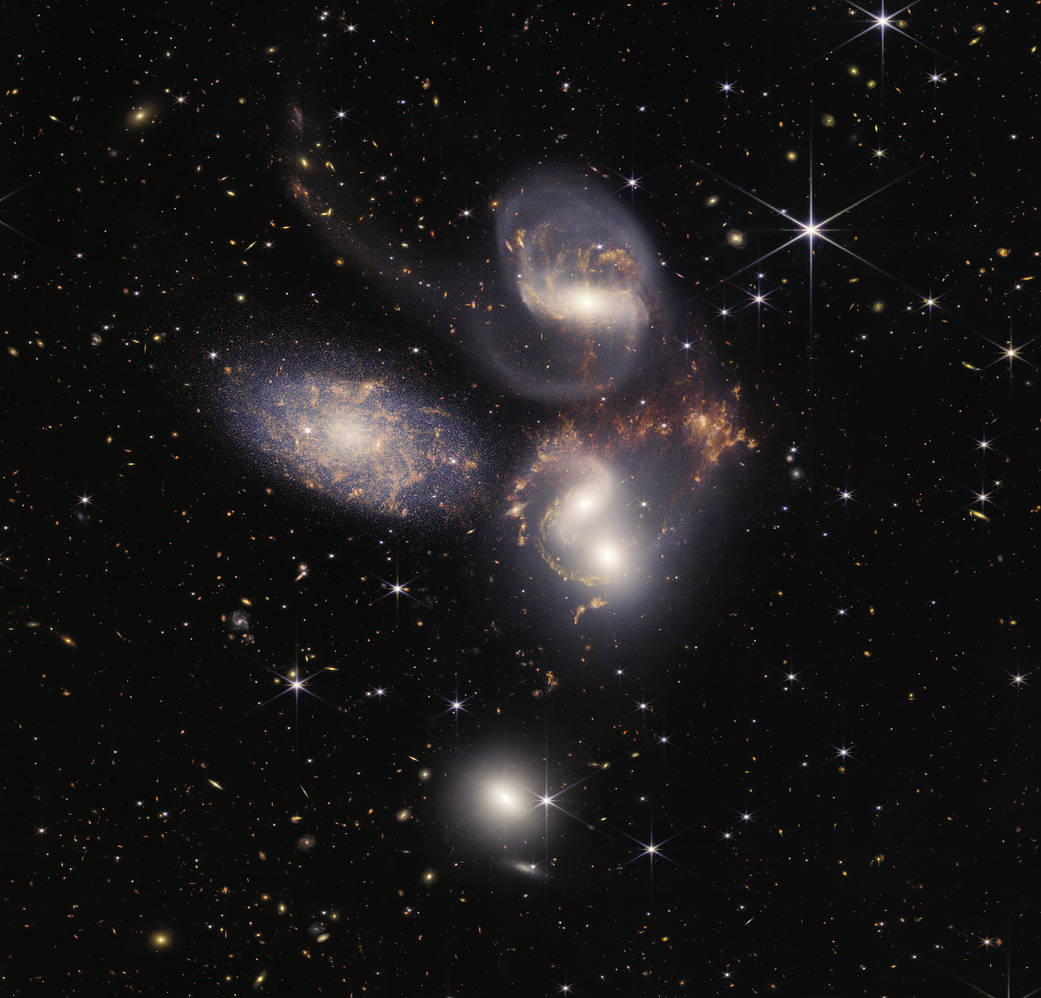
Nice spot that!!